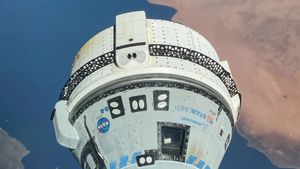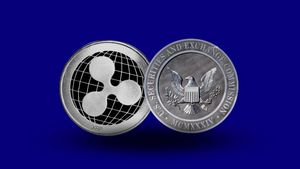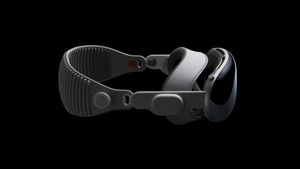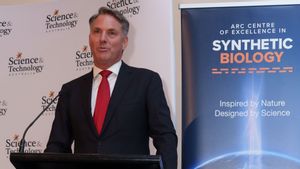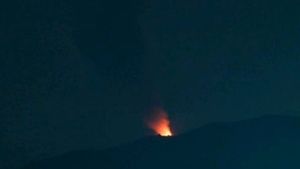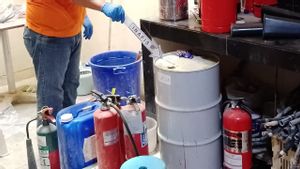NASA revealed that the BurstCube, a small shoe box-sized satellite, managed to detect gamma-ray bursts in space. This is the strongest type of explosion to occur in the universe.
The gamma-ray burst that BurstCube discovered occurred on June 29 and was named GRB 240629A. This incident occurred in the southern constellation of Microscopium and was only announced through the Circular of General Coordinations Network (CGN) on August 29.
"We are delighted to be able to collect science data," said Sean Semper, head of NASA's BurstCube Technician at the Goddard Space Flight Center. "This is an important milestone for the team and for many young technicians and scientists who have been part of this mission."
Sementara itu, Peneliti Utama BurstCube Jeremy harus mengatakan bahwa misi ini telah memberikan pengetahuan ilmu sekaligus menjadi demonstrasi teknologi terbaru. Meski berukuran kecil, satelit ini mampu mendeteksi pengetahuan penting di orbit.
SEE ALSO:
"Small missions like BurstCube not only provide an opportunity to do great science and test new technologies, such as our mission gamma-ray detectors, but also important learning opportunities for members of the astrophysics community," saidTEN.
BurstCube is the first CubeSat satellite to use NASA's Tracking and Data Relay Satellite (TDRS) system. The satellite is placed in orbit to detect, locate, and study short gamma-ray bursts.
This satellite is also designed to study the flash of high energy light formed when supersolid objects such as neutron stars collide. When collisions occur, heavy elements such as gold and iodine will appear so that it is important to study.
The English, Chinese, Japanese, Arabic, and French versions are automatically generated by the AI. So there may still be inaccuracies in translating, please always see Indonesian as our main language. (system supported by DigitalSiber.id)



